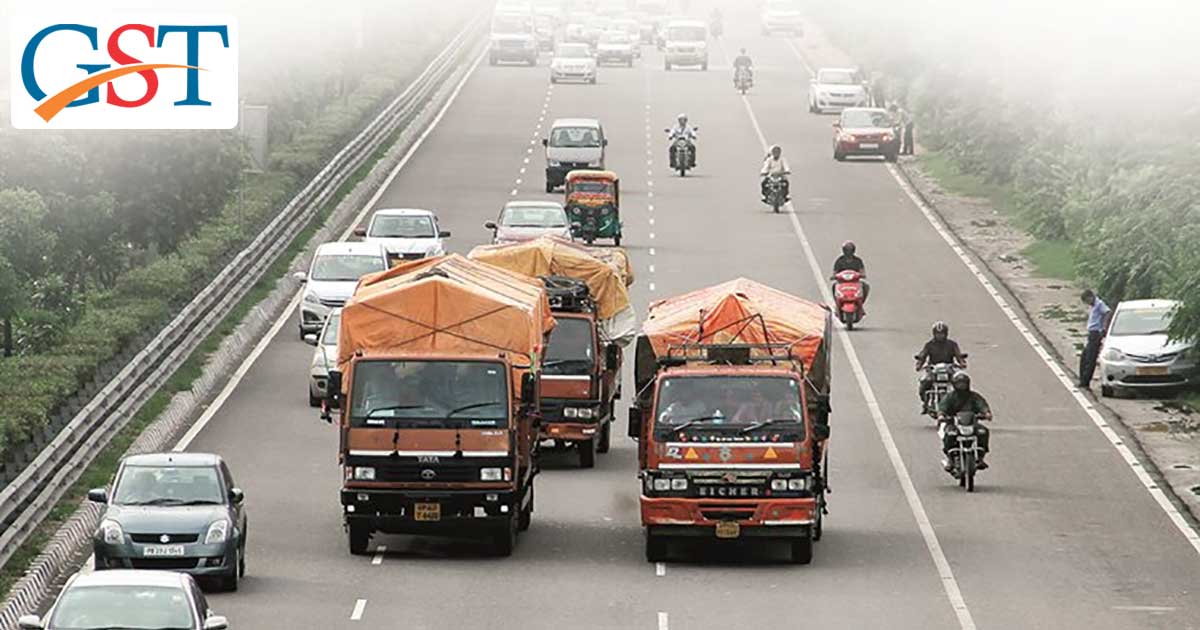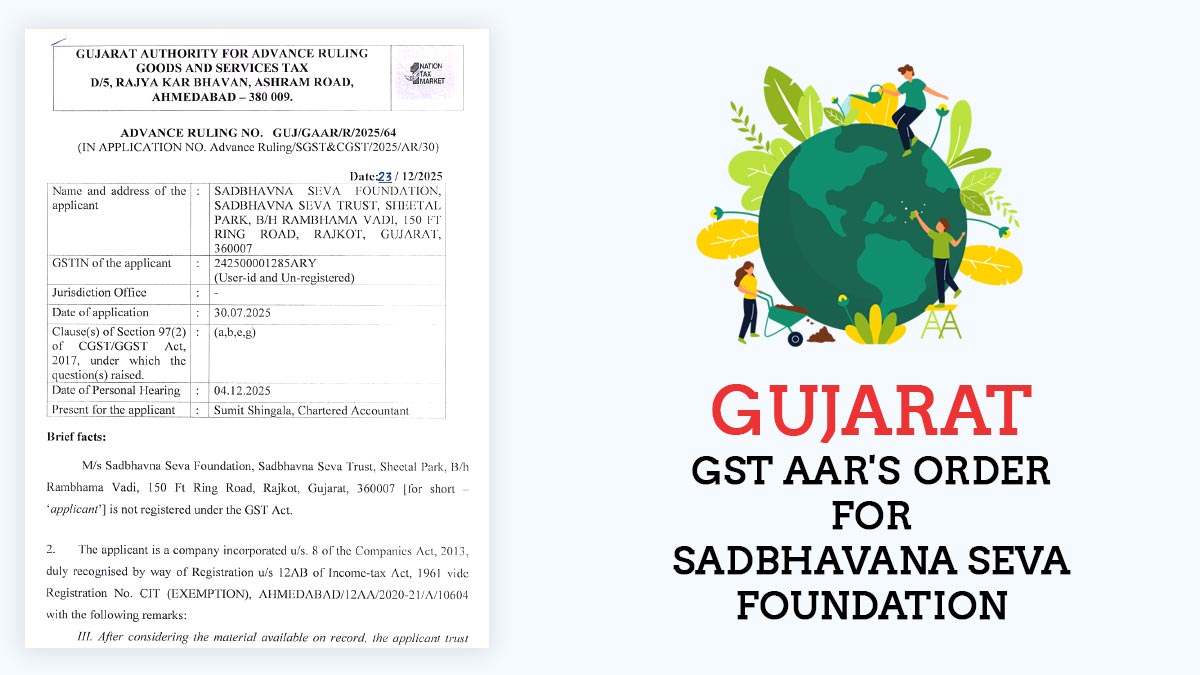Recently on 1st April 2019, the GST e-way bill turns 1 year older as it was implemented a year ago. In this new financial year 2019-20 which brought multiple changes in rules, also made easier for transporters while generating the bill.
E-way Bill is the abbreviated form of Electronic Way Bill and is electronically generated against any specific consignment/movement of goods from one place to another. The movement of goods could be inter-state or intra-state with a value of more than INR 50,000.
The First update
Following the update which came into existence on 23rd Mar 2018, it has been made mandatory to get the GST e-way bill generated for any such interstate/intrastate movement of goods whose worth value exceeds Rs 50,000 effective 1st April 2018.
The Second Update to the E-way Bill System
The E-way bill again has been modified and was rolled-out in a phased manner from 15th April 2018. Again, in order to get the phased rollout executed properly, the states got divided into four lots.
Let’s Review the success journey of the E-way bill system (2018 – 19)
The Data below shows the complete picture of the e-way bill to till date and we would review the accomplishments of the complete journey:
- 55 Crores and 77 lakhs e-way bills got generated during the phase of (2018 – 19)
- 24 Crores and 87 lakhs of inter-state e-way bills got generated in this phase
- 30 Crores and 90 Lakhs of intra-state e-way bills got generated in this time frame
- 28.89 Lakhs of Taxpayers got Registered in EWB within one year
- 0.41 lakhs of transporters got enrolled in the EWB during the year (2018 – 19)
The E-way bill is available on the government’s website ewaybillgst.gov.in and the GST taxpayers could get registered via the e-way bill portal under the e-way bill using the GST identification number. A person who is not registered to the E-way bill portal should first get themselves registered and only then they could generate the e-way bill against the movement of their goods.
Provision is there such that the route distance of the movement of the goods could be calculated on the basis of Area PIN codes of locations of the source and the destination so that the e-way bill could be generated for the movement of consignment/goods.
Another step taken by the Government in order to check the tax evasion was to get the multiple e-way bill generation blocked. Also, regarding the E-way bill extension, provision has been made that the E-way bill could be extended only in the case of Transit of the Consignment.
As per the GST Act, the Interstate Transactions have been now restricted for Composition Dealers and the composition dealers are not allowed to perform any interstate transaction. The Next version of the GST portal has been designed such that the system would not allow a composition dealer to generate an e-way bill for the interstate movement of consignment /goods.










